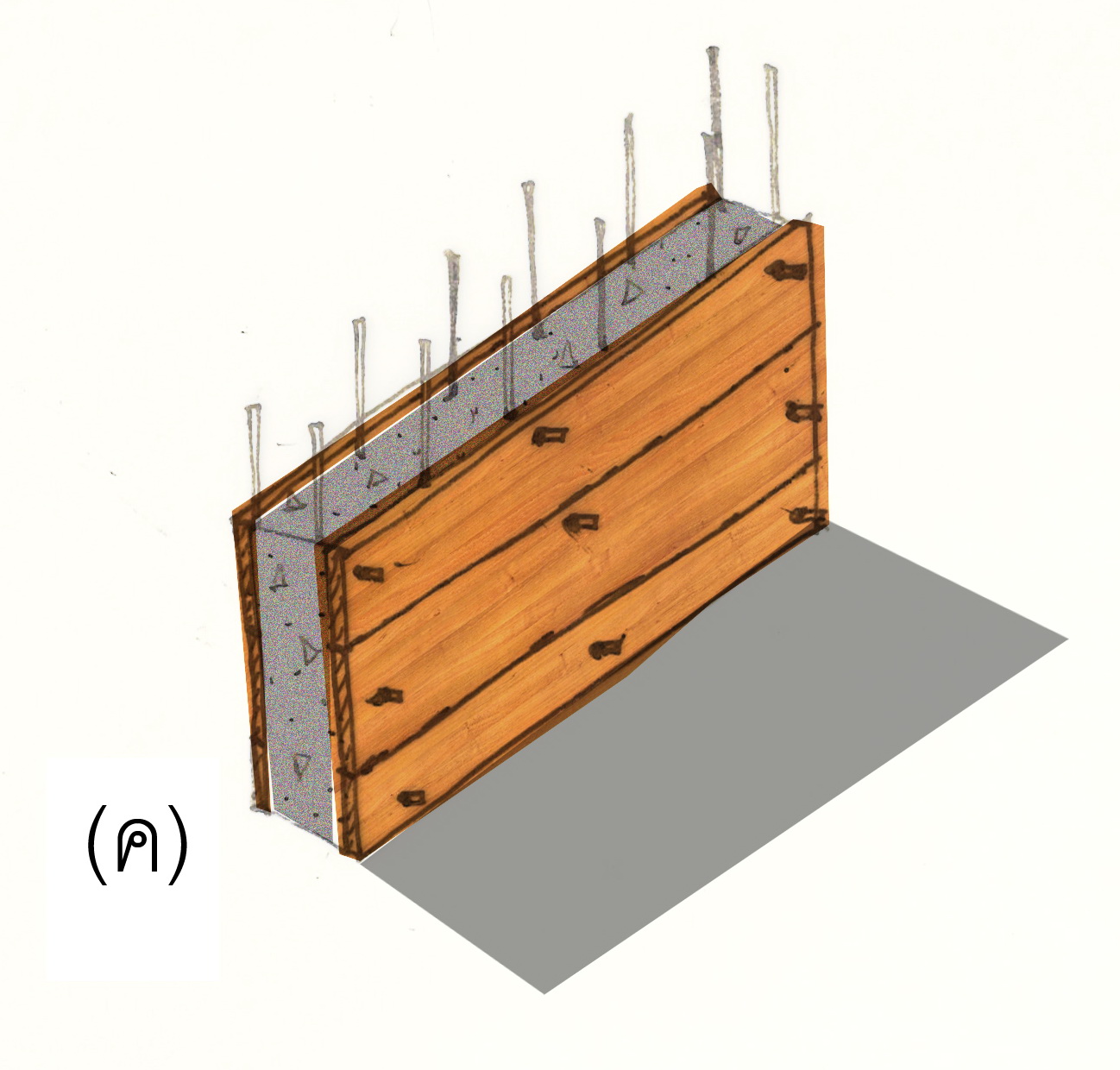The Wisdom of Trang shophouse
Main Article Content
Abstract
The study on the Wisdom of Trang shophouse was conducted by extracting knowledge gained from the field study at shophouse in specific area at Thap Thiang and Kantang District, Trang Province, located on Thailand’s western coast of the southern peninsula. This study has found that generally the wisdom in shophouse in Trang Province could be categorised into 3 groups: 1) the wisdom of living in particular environment, 2) the wisdom of craftsmanship, and 3) the wisdom of resources management. From the study, it is found that the outstanding wisdom of craftsmanship with high potentiality of applied has enabled young generation in the community to apply the knowledge into their design works that are harmonious with daily living in the contemporary context. The causes and surrounding factors of forming the Trang shophouse consist of 3 factors: 1) local people under the specific conditions of environment, economy and resources, 2) social value and culture influenced by Overseas Chinese and Western traders via colonized land on the Straits (settlements), and 3) influence from central administration.
Downloads
Article Details

This work is licensed under a Creative Commons Attribution-NonCommercial-NoDerivatives 4.0 International License.
All material is licensed under the terms of the Creative Commons Attribution 4.0 International (CC-BY-NC-ND 4.0) License, unless otherwise stated. As such, authors are free to share, copy, and redistribute the material in any medium or format. The authors must give appropriate credit, provide a link to the license, and indicate if changes were made. The authors may do so in any reasonable manner, but not in any way that suggests the licensor endorses you or your use. The authors may not use the material for commercial purposes. If the authors remix, transform, or build upon the material, they may not distribute the modified material, unless permission is obtained from JARS. Final, accepted versions of the paper may be posted on third party repositories, provided appropriate acknowledgement to the original source is clearly noted.
References
Chiwasan, W. (1986). Annual Report: Sathapattayakam Chin Nai Mueang Pattani. Pattani, Thailand: Prince of Songkla University.
Chii, W. Y., & Widodo, J. (2016). Shophouse/Townhouse: Asian perspectives. Singapore: Department of Architecture School of Desihn & Environment, National University of Singapore.
Chuapram, S. (2003). Shop House: Evolution of vernacular architecture from phusical and culture in old community of Songkhla province. (Master’s thesis). Silpakorn University, Graduate School, Architecture.
Hashimah, W., & Ismail, W. (2005). Houses in Malaysia fusion of the east and the west. Kualalumpure: UTM.
Kirdsiri, K. (2014). Holistic cultural landscapes of community and vernacular architecture in the area of Songkhla Lake Watershed. NAJUA Journal history of architecture Thai architecture, 11 (August – December 2014), 176-213.
Khamsiripimaan, N. (1989). Kan Sanoenae Rupbaep Thang Kaiyaphap Khong Hongthaeo Baep Chin Nai Chumchon Mueang Pattani. Bangkok: Fine Arts Department.
Kittichet, S. (2015, March 31). Interview.
Kong, L. (2010). Conserving the past, creating the future: Urban heritage in Singapore. Singapore: URA.
Maha Vajiravudh Phra Mongkut Klao, His Majesty King. (1963). Chotmaihet praphat huamueang paktai roso 128 khong phrabatsomdet phra mongkut klao chaoyuhua. Bangkok, Thailand: Suksapanpanit.
Na-Thalang, E. (2001). Phumpanya Thaksin: Chut phumpanya chaoban kap krabuankan rianru lae kan praptua khong chaoban thai. Bangkok, Thailand: Amarin Book.
Nuwattiwong, N., His Royal Highness Prince. (1997). Chotmaihet rayathang pai truat ratchakan laem malayu roso 121. Bangkok, Thailand: Fine Arts Department.
Office of Natural Resources and Environment Policy and Planning. (2005). Phaenthi moradok thang watthanatham ThapThiang. Bangkok: Author.
Oliver, P. (1998). Encyclopedia of vernacular architecture volume 1. Cambridge: Cambridge University.
Panin, A. (2000). The wisdom of Southeast Asia Vernacular architecture: Thailand, Laos, Indonesia and Philippines case study looking through space, mass and life. Bangkok, Thailand: Silpakorn University, Faculty of Architecture, J Print.
Phanphiluek, N. (2015, March 31). Interview.
Pongpaiboon, S. (2001). Structure and dynamics of southern culture with development. Bangkok, Thailand: The Thailand Research Fund.
The committee processed documents and archives department, The organizing committee of the king. (2001). Books honor King Bhumibol Adulyadej: Culture, historical development, identity and the wisdom of Trang province (The royal crest commemorating the 6th cycle birthday anniversary, December 5, 2001). Bangkok, Thailand: Ministry of Education.
Tothapthiang, K., & Tothapthiang, W. (2016, January 19). Interview.
Wang, W. (2014). The history and concepts of Chinese Architecture. Khonkaen, Thailand: Institute of Learning and Teaching Innovation, Khonkean University.
Wongpradit, P. (2015). The study of shophouse development in Trang Province. (Master’s thesis). Silpakorn University, Graduate School, Architecture.
Wongpradit, P., Kirdsiri, K., & Panin, A. (2015). Contexts affecting architectural form of shophouse and its development, historic urban landscapes of Tub Tiang, Trang Province. NAJUA Journal Architecture, Design and Built Environment, 29 (January-December), 205-222.
Yodmanee, S. (1992). Khati NiyomKan Kosang Thi Prakot Nai Sathapattayakam Chin Nai Khet Amphoe MueangSongkhla, Songkhla. Bangkok, Thailand: Office of the National Culture Commission.


